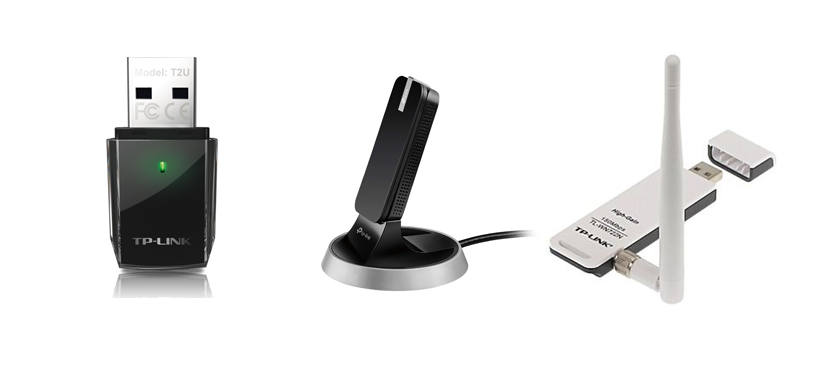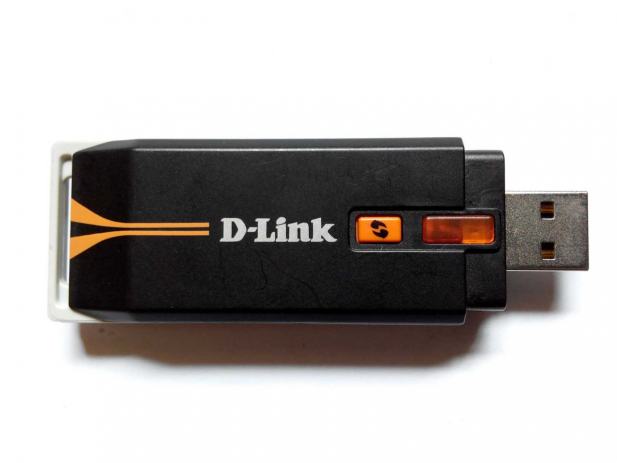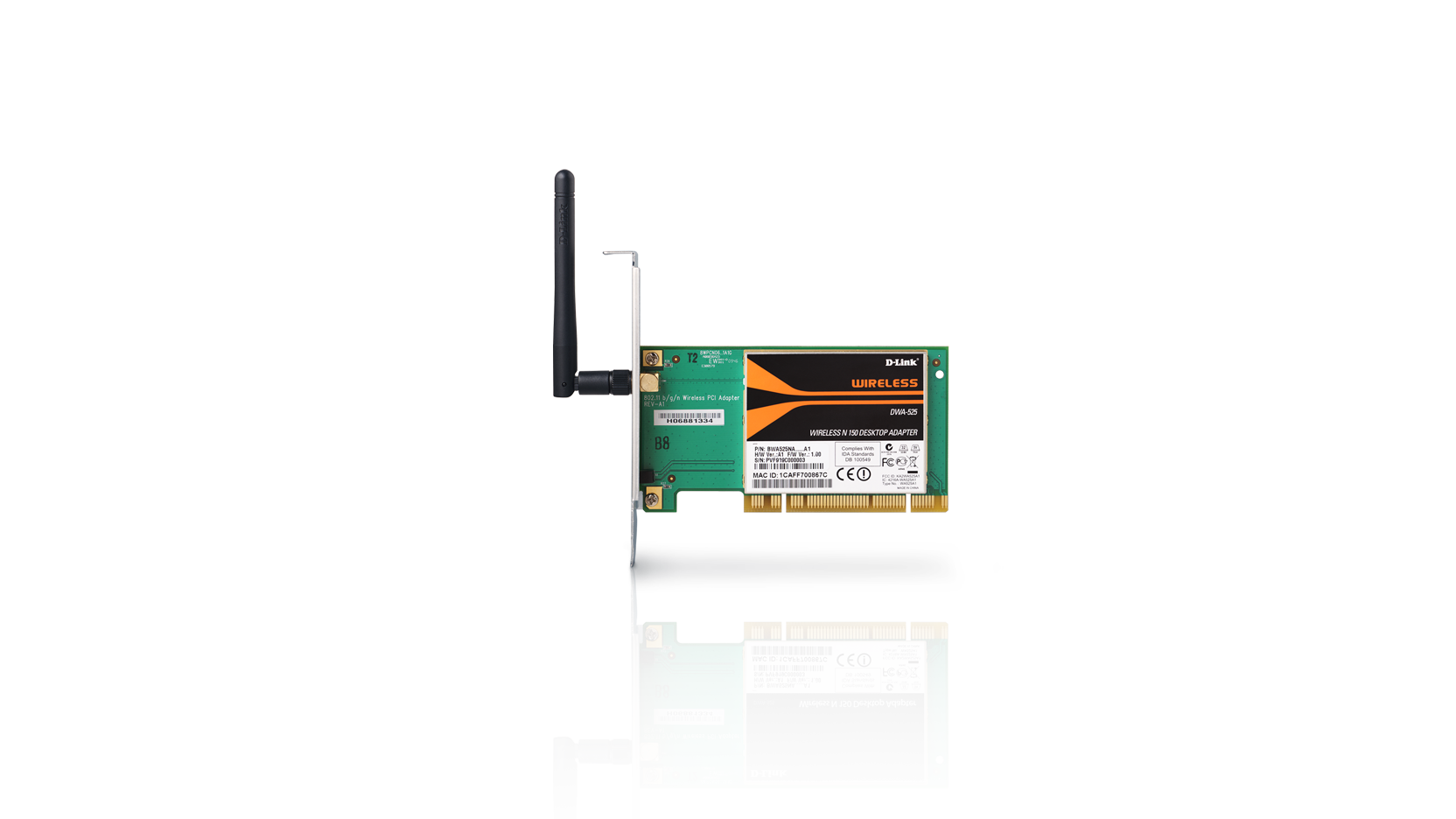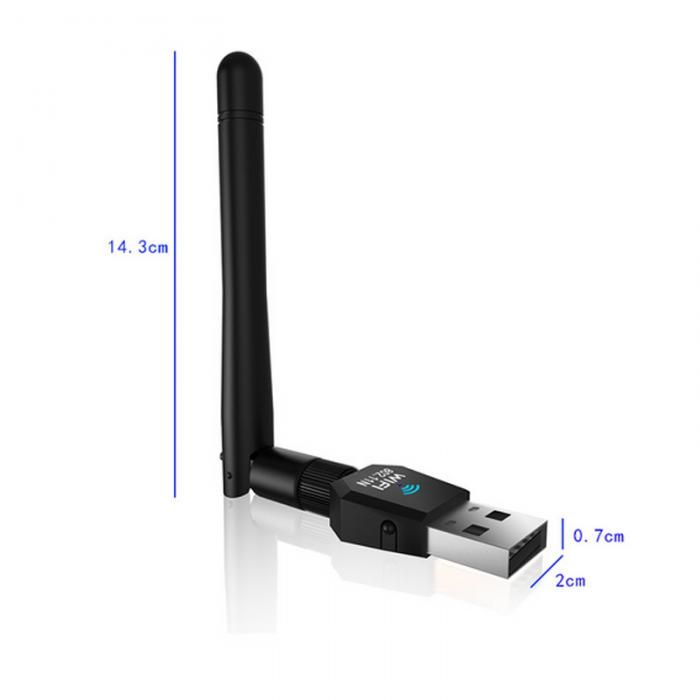Network attached storage (NAS) devices are a lot like external hard drives, but instead of connecting directly to your computer, they connect to your network. This fundamental difference sets NAS devices worlds apart from external hard drives and offers many benefits that external hard drives do not. PCI Plug and Play Installation Steps. Step 1: Power down your computer, unplug it, and insert the adapter. Step 2: Power on the computer and log into Windows. Windows should auto. D-Link Makes your Smart Home Smarter, Safer and Truly seamless. Get started with our award-winning Smart Home technology, Whole-Home Wi-Fi, IP cameras, and more today.
Use the following steps to let Windows do the installation for you.
Step 1: Use an Ethernet cable and plug your computer directly to your router. Make sure Internet is accessible.
Step 2: Place your new adapter in the proper slot or port.
Step 3: With your computer running, a bubble message will appear stating that this device was not installed successfully. Left click on the message.
Step 4: On driver installation failure, you can change the setting to use Windows Update by clicking Change setting...
Step 5: Chose to allow Windows to update your driver when it is not found on you computer.
Step 6: Once the driver installs successfully, close the window.
Step 7: Click/Right Click on the Network Icon located on the system tray to View the Available Wireless Networks. Find your personal Network and double click to connect. It should request for a wireless key, which by now should have been set up.
At this point, there should be a connection to your Network.
Driver Installation through the Device Manager
Step 1: In the Start menu, right-click on Computer to select Manage.
Step 2: On the left, select Device Manager to bring it up on the right.
Note: If the Driver software has not installed correctly, the partially installed adapter will come up in the Other devices group. Just as it is shown in the previous image.
Step 3: Right click on the unknown adapter to Update Driver Software..
Step 4: Click to Search automatically for updated driver software.
Note: If Windows was unable to install your Adapter, Windows may not be set to install automatically.
Step 5: Make sure the proper settings are selected by arriving to them with the followings routes:
Windows 7/Vista: Clink on Start > Right click Computer > Properties > Advanced system settings > Hardware tab > Device Installation Settings
Windows XP: Clink on Start > Right click My Computer > Properties > Hardware tab > Windows Update
Step 6: Click on Save Settings or OK to apply the change.
Confirmation of a successful Driver installation is achieved when the model of your adapter is label and listed in the Network adapters group of the Device Manager.

3895 people found this useful.
Did you find this useful?3895 people found this useful.
Thank you for your feedback.
Sorry we couldn't help! Click here for more FAQs or go to Support.
Network Attached Storage in a Nutshell
You've probably heard of external hard drives. They plug straight into your computer and store copies of your important content so if your computer crashes, you don't lose everything. Network attached storage (NAS) devices are a lot like external hard drives, but instead of connecting directly to your computer, they connect to your network. This fundamental difference sets NAS devices worlds apart from external hard drives and offers many benefits that external hard drives do not.
Storage for Everyone
How To Find D-link Network Key
NAS devices let everyone on your network back up their content to one central location, so everyone's digital content is protected no matter what computer it's on.
Sharing Files Made Easy
NAS devices let you give access to other people on your network so everyone can share saved content. That means if someone saved vacation pics to your NAS device from the family PC and you want to access those photos from your laptop, you can.

Automatic Backups & Simplified Management
With an external hard drive, you have to take the time to manually back up files from your computer. That means plugging the device in and locating everything you want to back up each time. Plus, it means keeping up with it on a regular basis. One of the great things about NAS devices is that they’re always connected to your computers and can be programmed to back up your important files on a schedule, so you don’t have to think about it.
Media Streaming
Dlink Wireless Wizard
Many NAS devices let you stream your saved videos, music and photos to your entertainment center so you can enjoy them on the big screen with your killer sound system all from the comfort of your couch.

3.5' SATA Hard Drives
3.5' SATA (Serial ATA) hard drives can be found easily online or in most electronics and office supply stores (think Fry’s, Micro Center, etc.). As long as the hard drives you purchase are 3.5” SATA drives, they will work with your ShareCenter Device.

For a list of compatible hard drives, click here.
The Right Capacity for You
Hard drives come in a variety of storage capacities, generally ranging from 1TB to 3TB. Think of everything you want to store and back up on your ShareCenter device, including music, videos, photos and documents to decide on the best size for you:
The Right Number of Drives for You
Dlink Network Assistance

D-link Network Cards
- You want to use your ShareCenter device for extra space to store your digital content and to share that content with all of the computers on your network.
- You want to store and share content over your network, but you also want to take advantage of RAID 1 technology to ensure that if one of the drives crashes, your content is still safe.
- You want to store and share content over your network using RAID 5 technology because it offers data protection in the most capacity efficient manner.